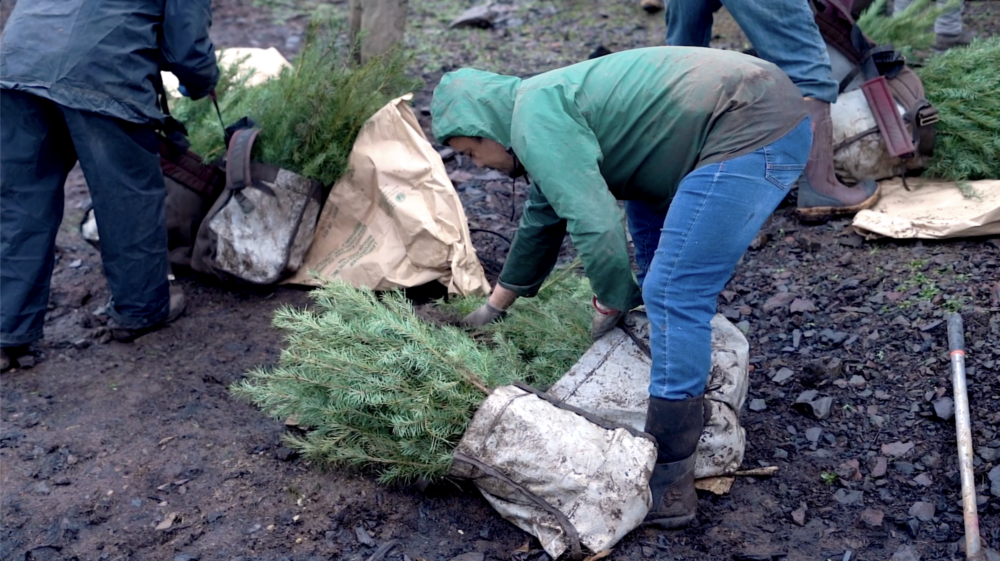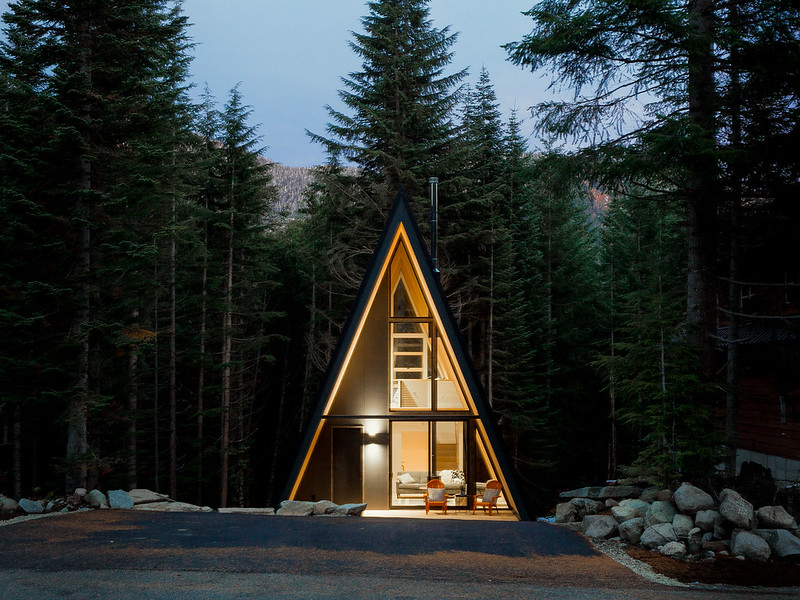The month of July was packed with holidays, barbeques, and heatwaves. We also recognized a week of celebration and respect for our national forests during National Forest Week. In the United States, there are 154 national forests that more than 150 million people visit each year. That is a large group of people with a mutual love for forestland and its future.
Within the treetops that cover the States, 11 national forests reside in Oregon: The Deschutes, Fremont-Winema, Malheur, Mt. Hood, Ochoco, Rogue-River Siskiyou, Siuslaw, Umatilla, Umpqua, Wallowa–Whitman, and the Willamette. In fact, forests cover almost half of the entire state, roughly 30.5 million acres.
As you drive the highways of Oregon, not only will you notice the beautiful dark green trees, but your eyes will be drawn to a vast variety of landscapes. Ranging from pinot grape vineyards to fescue grass fields that roll on for miles. Farming and agriculture are a large part of Oregon’s history of settlement. “Agris” in Latin means “field,” and “culture” is derived from “colere,” which means to tend to the earth, grow and nurture. For decades Oregon has nurtured our “forest fields” through responsible forest management, protective laws, and devoted field workers.

Our most dominant and state tree, the Douglas Fir, is one of the world’s most valuable timber species. Oregon is the number one softwood lumber provider in the U.S. Not because we have the most trees, but because we have the most efficient climate and soil to grow them. The Douglas fir tree thrives in a climate with mild, wet, and cold winters, along with dry and sunny summers. Queue the Pacific Northwest.
Due to their decay resistance, Douglas fir trees can withstand years of changing climate. The latest Mature and Old Growth study by the USDA shows almost half of all tree inventory in the federal system is mature, and 15% to 20% is old growth; contrary to the reports that all old growth has been logged.

We harvest trees in the same mindset we harvest our corn or wheat. Millions of saplings are planted, either after a wildfire or after a stand has been harvested. They grow, usually for 60 to 90 years, before being mature enough to yield quality wood. When logged for production, a tree’s story truly begins. The amount of carbon this tree has sequestered for nearly a century will remain in its fibers forever. In our opinion, the amount of care and attention that has and will go into making a usable wood product gives the tree a whole new meaning of life. It is a delicate and difficult balance to keep the trees growing tall and providing the world with this abundant and sustainable material.
At Freres Wood, we take pride in our commitment to responsible forestry practices, fostering thriving woodlands while serving as a reliable source of high-quality engineered wood products. As part of this effort, we planted 3 million saplings after the 2020 Labor Day fires, which will be nurtured for generations and continue the beautiful cycle of our forests.
The definition of sustainable forestry is the practice of regulating forest resources to meet the needs of society and industry’s needs while preserving the forest’s health. The more we educate ourselves and others on the facts of healthy forest management, the quicker we can work together on building a sustainable future.
Subscribe
We’ll send you a notification when a new story has been posted. It’s the easiest way to stay in the know.